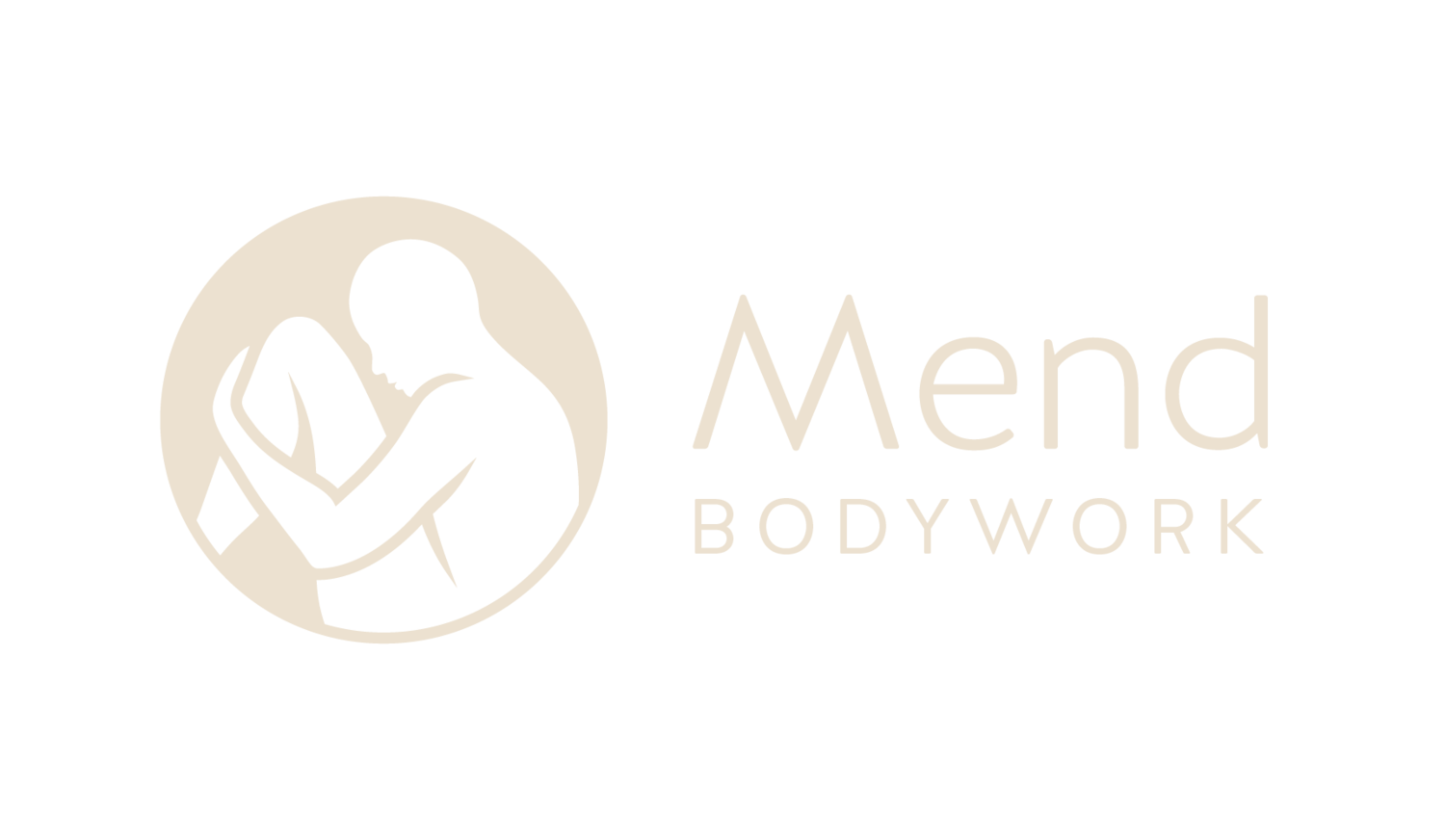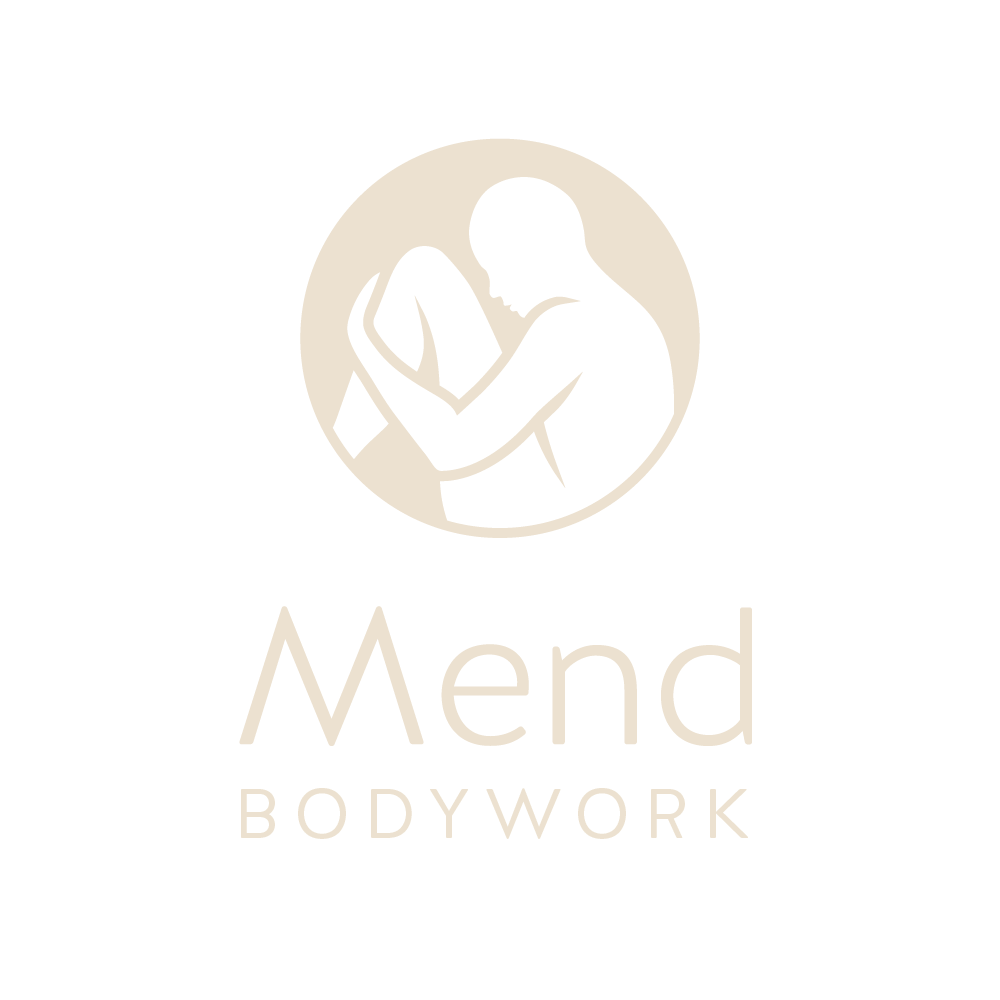Did I Strain My Low Back? The In’s & Out’s of Low Back Pain
Low back pain is a prevalent and often debilitating condition that affects millions of people worldwide. Did you know that low back pain is one of the MOST common health complaints globally? With a wide spectrum of causes; it is important that you, as a client, are assessed as an individual. So let’s get to one of the most frequently asked questions. Did I strain my back? And what does that mean? What are some of the most common causes of back pain vs. back strain? Where does the low back start and the mid-back end?
The anatomical structures of the low back included
Vertebrae L1-l5: these are the largest/strongest vertebrae in your spine, and provide stability. These vertebrae collectively are known as your LUMBAR SPINE.
Sacrum and coccyx: The sacrum is a triangular bone formed by several fused vertebrae. Below this is the coccyx or “tailbone” Think Napoleon Dynamite. “Your grandma took a spill at the sand dunes today, broke her coccyx”
Intervertebral discs: between each pair of vertebrae are shock absorbing “discs” that also provide stability.
Spinal cord: a bundle of nerves that runs through the vertebral column. From each level of the lumbar spine, nerve roots also branch out from the spinal cord. There are also several spinal nerves that extend past the lumbar region, and supply sensory/motor output to the lower body. You are probably familiar with the term “Sciatica” or “Sciatic nerve”.
Muscles/Ligaments: several muscle groups including the erector spinae, multifidus, and quadratus lumborum. Ligaments assist the stability of the verterbrae.
A back strain is generally characterized as a “pulled muscle”. Signs and symptoms indicating a back strain may include:
1. Pain - The most prominent symptom is LOCALIZED pain ( this means pain to the immediate area, and is different from referred or radiating pain) This may be sharp, dull, or aching. This can also include tenderness when the affected area is touched.
2. Reduced Range of Motion - limits your mobility, and often creates/becomes increasingly uncomfortable/difficult in performing activities that involve bending or twisting.
3. Muscle Stiffness - strained muscles often become tense, and stiff. Causing discomfort and decreased ROM. This is where MASSAGE THERAPY can help! Massage therapists can assist with back strains by working the soft tissues of the low back.
4. Muscle Spasms - Muscles located around a back strain may spasm or cause cramps.
5. Swelling - Swelling and inflammation are acute signs of injury, and may occur at the site of the strain. This would be a time to apply COLD, instead of heat. Cold will reduce inflammation, while heat will increase inflammation. Knowing which application to use when, will best help treat injuries.
6. Bruising - This is a less common symptom and is recognized more often with impact/sports related injuries. Bruising occurs with damaged blood vessels. Back strains seen as a result of occupational strain, are often caused by overuse/ improper body mechanics.
Keep in mind that not all low back pain is associated with back strains: and may be also due other anatomical structures/ bodily systems (commonly, the NERVOUS SYSTEM), sedentary lifestyle, age, and poor posture. This is why taking a multifaceted approach to low back pain is the best option for most clients. Unfortunately, there is usually not one underlying cause at play. Massage therapy is best used with other holistic (whole body) therapies. Such as chiropractic work, physical therapy, and acupuncture. Which is why we at Mend; are working on a collective network of healthcare providers, to service our clients the best we can! Here are my favorite at home self-care tools for managing low back pain.
Stretching
We have said it once, and we will say it again! Adding 10-15 minutes of stretching to your day can make a world of difference. And looking at the body as a whole, not just your lower back. Low back stretches can be great, but are also pretty pointless if your mid/upper back are still stiff. Stretch all areas of the back/ shoulders for best results.
Foam rolling glutes/ hamstrings
Once again, that whole body approach is the key to progress. My lower back pain is often related to my muscles in my lower body being tight (as is the case for many other people as well) Healthy hips/ hamstrings are key to a happy low back! Tight glutes/ hamstrings can often cause SCIATIC pain, which only contributes to low back issues/discomfort.
Daily movement/drinking enough H20
Admit it, everyone can benefit from movement and drinking enough water. Exercise doesn’t need to be strenuous to be effective. Treat yourself and your body by adding daily walks in to your routine.
As always, I’m here to answer your questions, provide referrals to other healthcare providers, and help you stay mobile with massage.
Written by LMT Arielle Shaffer
Disclaimer: By using this blog, you agree to the terms of this disclaimer. We strongly recommend consulting with a qualified healthcare professional to address any specific questions or concerns related to low back pain, low back strains, or any other medical condition. Please consult with your physician or healthcare provider before making any decisions based on the information found on this blog.

